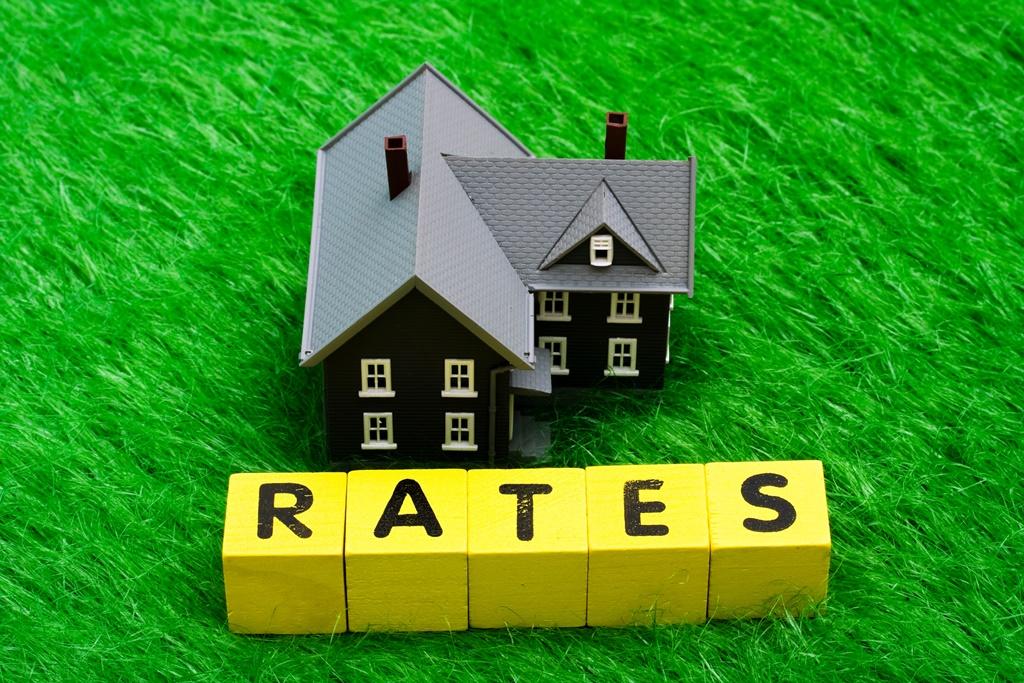Categories

The Federal Reserve stated that it will need to raise its benchmark interest rate soon, for the first time in more than three years, in order to control inflation. This is anticipated to put downward pressure on mortgage rates; and while the Fed’s benchmark rate does not directly affect house borrowing rates, it frequently has an indirect impact.
The Federal Reserve recently signaled that its benchmark short-term borrowing rate will be raised by 0.25% shortly. This would be the first boost since Dec. 2021.
The Federal Open Markets Committee (FOMC) stated on Jan. 26, 2022, that with inflation well above 2% and a healthy labor market, an anticipated raise in the federal funds rate (the rate at which banks lend and borrow money from one another) target range will be appropriate. In March, the FOMC will also halt its bond buying program. The central bank recently detailed steps to begin “substantially decreasing” its bond holdings on its balance sheet.
There’s plenty of room for interest rates to rise without jeopardizing the labor market. The Fed’s actions will almost certainly have an impact on the rates of saving and borrowing.
Long-term fixed-rate mortgage rates have already begun to rise. In the first few weeks of the year, the typical 30-year fixed-rate mortgage rose by around 50 basis points. Rates averaged 3.56% in the fourth week of Jan. 2022, up from 2.77% a year earlier.
Economists have lately raised their mortgage estimates, with the National Association of REALTORS® predicting that rates would rise to 3.9% by the fourth quarter. Mortgage rates are expected to rise to 4% by the end of the year, according to the Mortgage Bankers Association.
While these projections are better than last year’s sub-3% rates, experts point out that they really are nonetheless modest by historical standards.

